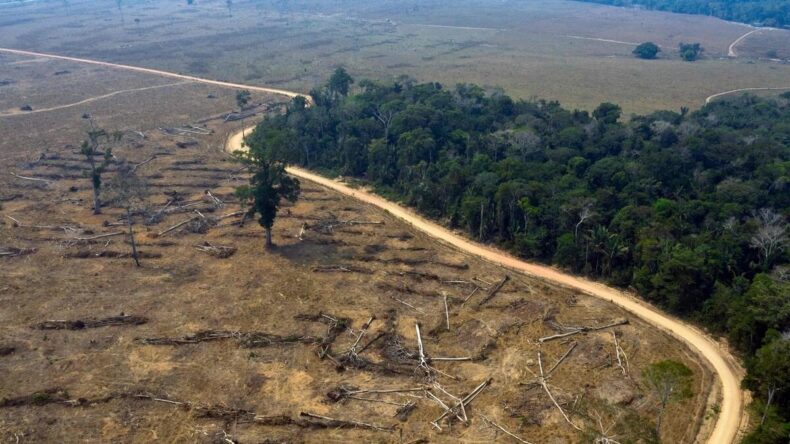The government is planning and working on the development of the Western Ghats. But this development is distracted on the other side when it comes to flora and fauna.

From invertebrates to mammals, India’s biodiversity hotspot has a diverse range of biodiversity. India’s biodiversity hotspots account for a sizable proportion (16.86 percent) of the total global area designated as biodiversity hotspots. The Western Ghats account for 64.95 percent of the hotspots within India’s political boundaries, followed by Indo-Burma (5.13%), Himalaya (44.37%), and Sundaland (1.28%). But the proportion of protected areas in most of them is less than 17 percent, which is considered insufficient by the Aichi targets of the Convention on Biological Diversity.
The Western Ghats are home to a variety of critically important ecosystems. This ecosystem supports a variety of threatened habitats, including the unique seasonally blooming mass flowering of herbs on meadows and plateaus, Shola Forest, mangrove forest, Myristica swamps, freshwater streams, and rivers. It includes the best non-equatorial tropical evergreen forests in the world, with at least 325 globally threatened flora, fauna, bird, amphibians, reptile, and fish species.

The Western Ghats are home to both biological and physical factors, such as perennial rivers. The Godavari, Kaveri, Krishna, and Thamiraparavati are the major river systems that originate in the Western Ghats Likewise, Tungabhadra. During the monsoon season, the majority of the streams pour a large volume of water into these rivers and carry water. This water system supports all living creatures and has created a unique environment rich in flora and fauna.
However, this untouched, pristine, and serene landscape of Western Ghat is now facing some serious threats that are irreversible, with such a large impact that the entire habitat, including its unique flora and fauna, is being wiped out. All of these threats stem from money-obsessed and extravagant lifestyle-obsessed human mindsets.
Railway Construction Needs 995.64 Hectare of Western Ghats Forest
In the Western Ghats, 2.2 million trees will be felled. On March 20, the Karnataka State Wildlife Board meeting in Bengaluru approved the contentious Hubballi Ankola railway line project. The railway line is specifically proposed to be built through two biodiversity hotspots: the Kali Tiger Reserve and the Bedthi Conservation Reserve. The proposed 164.44-kilometer line will travel through2.2 lakh trees that were felled while travelling through the Western Ghats. The Hubballi-Ankola railway is planned to run for 168 kilometers from Hubballi in Dharwad district to Ankola in Uttara Kannada district, passing through dense Western Ghats forests.

A site inspection report stated nearly 80% of the proposed line, as submitted to the Ministry of Environment, Forests, and Climate Change passes through dense forest land. The total amount of land needed is 995.64 hectares, which includes 595.64 hectares of forest, 184.6 hectares of wetland, and 190 hectares of dry land. To allow mining and industrial activity in the Western Ghats, the state will ask the Centre to exclude 15% of the area proposed as an Eco-Sensitive Area (ESA).
What did Maharastra Forest Department say?
The Maharashtra Forest Department said, “This was proposed in response to suggestions received from the state’s industries department and mining bodies, as the draft of ESA extends into some mining and Maharashtra Industrial zones.” Declaring an ESA restricts the establishment of projects such as mining, quarrying, thermal power plants, industrial units, and construction in the area. So far, the state forest department has excluded 358 of the 2,133 villages from the ESA. The use of agrochemicals in the vicinity of forests, particularly in tea and coffee estates, causes serious damage to the aquatic and forest ecosystems. All of these activities have a negative impact on biodiversity.
Whose Responsibility is to Preserve Western Ghats Biodiversity?
These threats are grave, and we must act now to save the Western Ghats biodiversity. Many reports have been submitted to government officials regarding the loss of forested areas in the Western Ghats, but the government is not taking this issue seriously. It is our responsibility to protect biodiversity from destruction. If we do not act now to protect the Western Ghats, it will be too late to save the amazing flora and fauna of the old mountain range.













